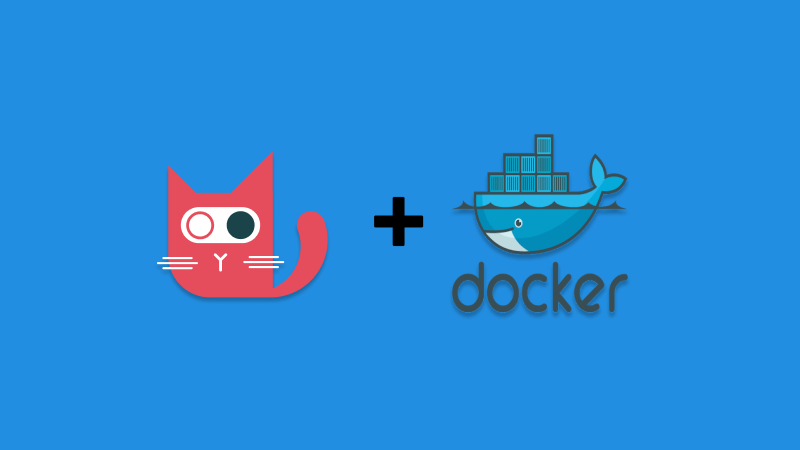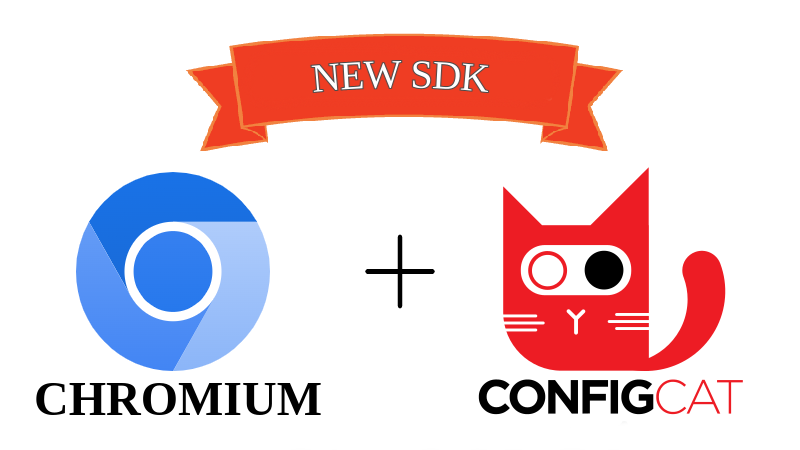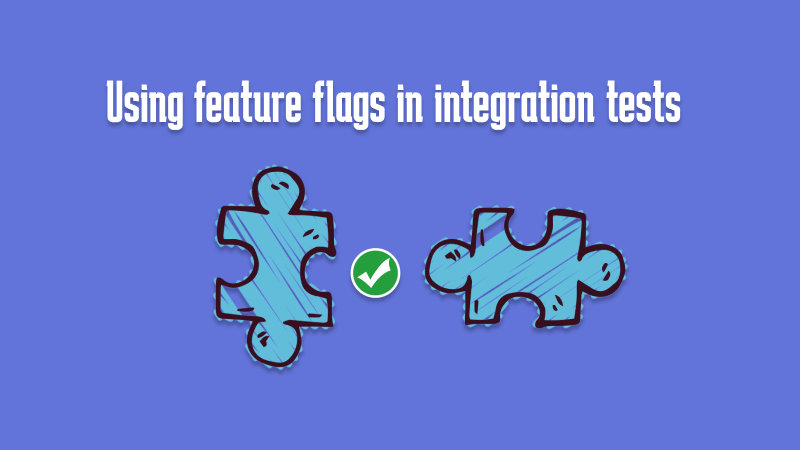Using Feature Flags in a Next.js Application
As developers, our job often involves regularly releasing new features. But how can we ensure these new features are working properly before safely releasing them to all users? It's simple: by using feature flags!














